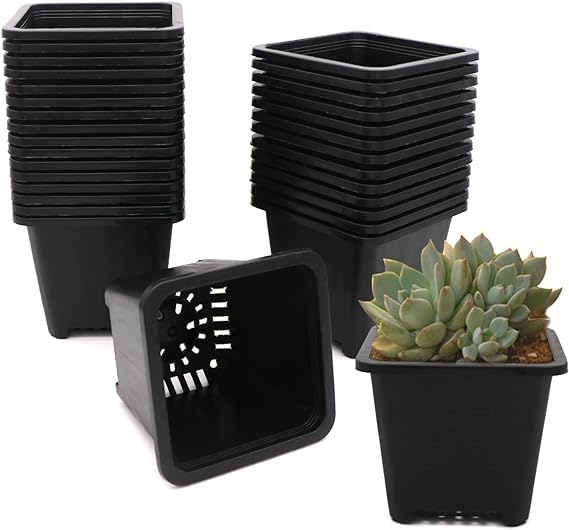Cauliflower is a cool season vegetable. They thrive in sunny spots with soil that’s both rich and well-drained. So, before you plant, treat their future home to a generous helping of organic matter and a sprinkle of complete fertilizer for good measure. When it’s time to sow the seeds indoors, aim for about a quarter inch deep, giving them a head start roughly 3-6 weeks before the last frost, depending on your growing zone. When its time to place these guys in the garden, give each plant some breathing room, spacing them out 16 inches apart in rows spaced 2 feet apart.

Now, here’s the scoop on summer – it’s not their favorite season. So, if you’re looking to cultivate a bumper crop, steer clear of planting during the heatwaves. To keep your cauliflower crew happy and hydrated, aim for deep, infrequent watering sessions, and consider laying down some mulch to help retain moisture and ward off unwanted weeds. We can’t help the weather so if the forecast is calling for some scorching days, try to cover the exposed heads and leave the leaves exposed. Come harvest time, keep an eye out for those luscious, compact heads – that’s your cue to grab the shears and start planning some mouthwatering cauliflower dishes.
Soil Preparation
Cauliflower likes well fertilized soil with good drainage. Avoid soils will high clay content as these can get waterlogged after a rain event. Fertilize with compost and any other garden safe, nitrogen rich fertilizer.
Planting & Transplanting Cauliflower
After you plant cauliflower indoors, ensure the have moist (but not wet) soils and bright light. Once they reach 2-3 leaf, thin them out to ensure that there is only one plant per seedling pot. This gives each plant their own space to grow without competition. I use these seedling pots from amazon – they’re re-useable and the perfect size. Once the spring weather allows, bring the cauliflower plants outside for a few hours a day, increasing the time outside each day. This allows the young plants to adjust to the wind and natural sun and gives the best chance of survival once they get moved to the garden. Be sure that the cauliflower plants are 2 feet apart when they get placed in the garden.

Watering
Adding a layer of mulch around the cauliflower plants to help retain moisture and keep the soil cool is a good practice, but it’s optional. Rather than small daily watering, its recommended to give 2-3 deep drinks a week.
Protecting The Heads (Blanching)
Once the cauliflower heads have formed and are the size of a golf ball, pull the largest leaves up and over the head and secure with string, twine or yarn. Elastics are not recommended as they can cut off nutrient flow as the cauliflower grows around it. Doing this will protect the sensitive white cauliflower heads from the heat of the sun.
Harvesting Cauliflower
You can use shears and snip off the head as soon as its large enough while still remaining firm and compact. If the cauliflower head has begin to separate, you have waited too long. It can still be harvested like this but has likely taken on a bitter taste. The size of a mature, ready-to-pick head can be anywhere from 6-12 inches depending on the variety you grew and your growing conditions.
Cauliflower Companions
Plant with sage, garlic, marigolds, onions, oregano, nasturtiums, thyme, yarrow and potatoes. These will compliment cauliflower by deterring pests, attracting beneficial insects, and enriching the soil. Avoid planting near broccoli, tomatoes, peppers, cabbage, corn, squash and other heavy feeders as they may compete for nutrients and water in the soil.
As always, do re-search and figure out which variety would suit your garden best. Check out Seeds Now, they have a self-blanche variety which is perfect for those who grow cauliflower through the short summers! If you grow cauliflower and have some tips and tricks you’d like to share, comment them below! As always, HAPPY PLANTING!





